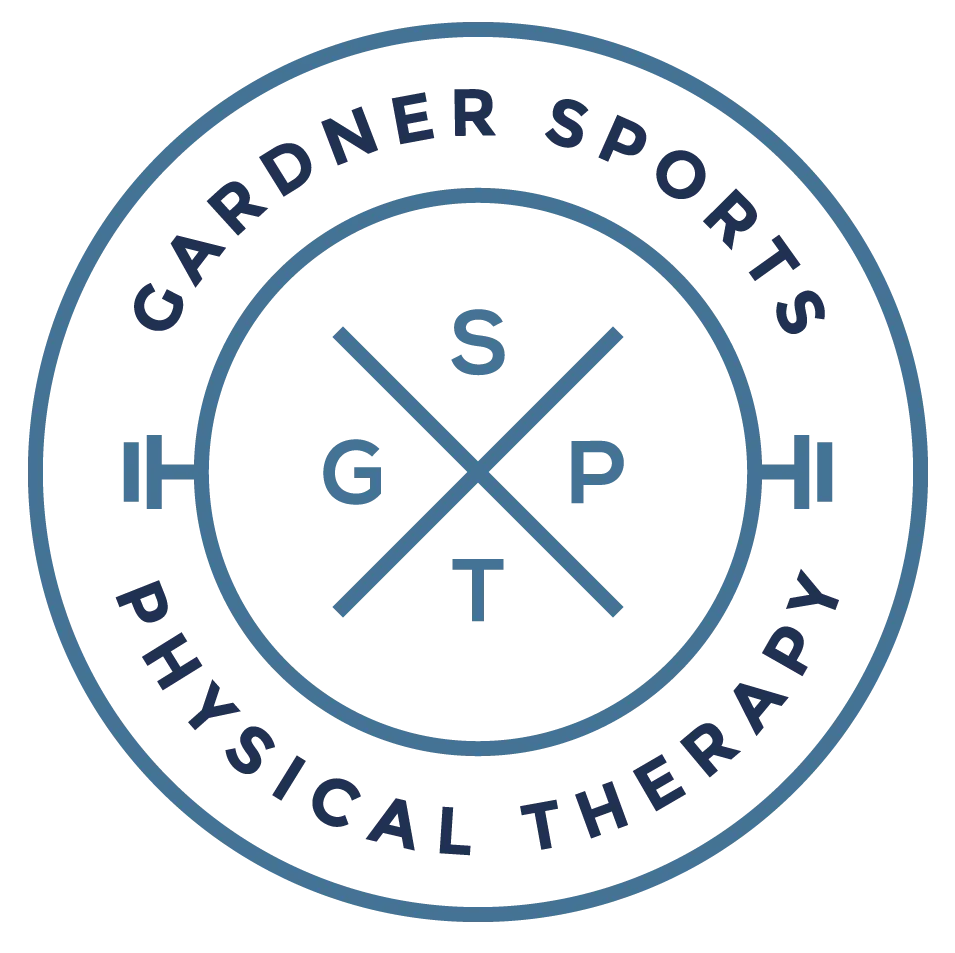As a physical therapist, many of my patients are runners. From assessing injuries to helping clients get back on their feet, part of the process is being knowledgeable about the types of equipment and shoewear that are available and how it affects an athlete’s performance.
In this post, I share my top five recommended running shoes based on my experience treating runners, those who want to stay active in their recovery process, and those looking for injury prevention.
How to Pick the Right Running Shoe
A good running shoe can make a huge difference in your performance, comfort, and injury prevention.
Not all shoes are created equal. Choosing the right sneakers for your running needs is essential to maximizing the experience and minimizing injury risk. Some are designed for specific purposes: for example, a racing flat may be best for sprinting, or a distance runner might prefer the stability of an everyday trainer.
It’s also important to know what type of running surface you’ll encounter on your route so that you can choose the right footwear for it.
For example, if you’re planning on running on dirt roads or trails, it’s best to look for shoes with more traction and durability. For running on concrete or asphalt, traction isn’t as much of an issue since these surfaces tend to be smoother than dirt or grass.
But as we’ll explore in this post, a lot goes into a great running shoe.
Anatomy of the Running Shoe
For those who are beginning to dip their toes (pun intended) into running shoe research, there are a few key terms that are helpful to know before moving forward.
High-quality footwear has many scientifically-tested components that contribute to better performance and support. These are just a few descriptions to help your understanding of the anatomy of the running shoe:
Toe Box
The part of the shoe that fits around your toes, usually with some cushioning to allow for comfort and protection. It’s important to note that the height and width of your toe box are equally important.
Midsole
A layer of material between your feet and ground (or treadmill). Midsole material can be made from foam, gel, or air pockets (depending on the technology used by each company) that absorb shock when running on hard surfaces like concrete.
Outsole
The bottom part of your running shoes where you put pressure when walking or running on flat surfaces like roads or sidewalks. It’s important for this part of your shoe to be durable so it doesn’t wear down quickly over time, as this can cause discomfort while exercising because there will not be enough cushioning left in place after prolonged use without proper maintenance.
Heel Drop
The heel drop of a running shoe is the difference in height between the forefoot and heel of the shoe. In most running shoes, this is somewhere between 8mm and 12mm. This measurement is taken from the center of your foot to the center of your heels, with both feet parallel on level ground.
Why is it important?
A runner who has a high arch will benefit from shoes with a higher heel drop because this will help secure their foot in place by keeping their arches from over-pronating (rolling inwards).
A runner with low arches will benefit from shoes with a lower heel drop because this will allow them to roll outwards (over-pronate) naturally, which helps absorb shock during impact.
Top 5 Running Shoes for Physical Therapy
#1 Altra
Altra shoes are a great choice for those looking for a wide toe box that allows the toes to move naturally. They also have a zero drop design, which means there’s no difference in height between your heel and toe when you’re running. This can be beneficial for runners who want to avoid overstriding (when your foot lands too far forward in front of your body).
Another benefit of a shoe with no heel drop is that could potentially prevent joint stress. According to a study in 2022, it was found that “compared to running in shoes without a drop, running in shoes with drops greater than 5 mm increase the peak patellofemoral joint stress significantly, which is mainly due to the increased knee extension moment.”
https://www.healthline.com/nutrition/altra-running-shoes
#2 Hoka
Hoka has set out to create a new standard of footwear that is both lightweight and supportive. Their unique design features a thick midsole that helps absorb the impact from each footstrike while not adding too much weight to your shoe.
This combination makes Hoka shoes ideal for long-distance training runs or races like marathons and half-marathons. These shoes also feature an outsole that’s designed to be extra durable, so you can wear them on rough trails and terrain.
Hoka shoes are ideal for new runners or those looking for a new shoe, but unsure what they need.
https://www.healthline.com/nutrition/hoka-running-shoes#how-we-chose
#3 Brooks
Brooks shoes are among the oldest companies in their field, making them among the most trusted. Their shoes are known for their durability. As a bonus, Brooks shoes are also quite conscious of sustainability, as they have options made from recycled materials.
Brooks offers a variety of options based on your type of running activity— from casual
runners to professionals like marathoners— and they even have options for other sports such as tennis!
According to Health.com, the Adrenaline GTS 22 design by Brooks is the most recommended shoe for those looking for stability and proper alignment support due to plantar fasciitis.
https://www.healthline.com/nutrition/best-brooks-running-shoes#how-we-chose
#4 Mizuno
Mizuno shoes are lightweight and also have a wider toe box. Wide toe boxes also help prevent blisters and other injuries caused by rubbing between your toes and the sides of the shoes. The technology in Mizuno shoes encourages a “smooth” ride due to a variety of cushioning in the midsole. It’s evident that their designers value comfort and breathability.
Some Mizuno shoes really focus on stability for people who overpronate, while others are designed to reduce shock and help prevent injuries like shin splints or plantar fasciitis.
https://www.fleetfeet.com/running-shoe-buyers-guide/best-brands/mizuno
#5 Asics
Asics shoes are known for their comfort, support, and fit. Asics provide great shoe options that reduce strain on knees and joints due to their shock absorption design. For those who struggle with ankle stability, Asics has great shoe options that provide great ankle support. They are reliable, so you can avoid injury while increasing your speed and agility.
If you’re looking for a running shoe, Asics is a good option to try. Asics is a brand that’s been around for decades and has built a reputation as one of the best running shoe brands on the market.
https://www.healthline.com/nutrition/best-asics-running-shoes
Ask a Physical Therapist to Help You Choose the Right Running Shoe for You
While there are so many options to choose from, I hope that this helped you find a great running shoe for your needs and preferences. If you’re still unsure about which pair will work best for you, you are more than welcome to schedule a consultation to evaluate your recovery needs.
Resources:
Zhang, M., Zhou, X., Zhang, L., Liu, H., & Yu, B. (2022). The effect of heel-to-toe drop of running shoes on patellofemoral joint stress during running. Gait & posture, 93, 230–234.
https://www.runningshoesguru.com/content/anatomy-of-a-running-shoe-with-infographic/



